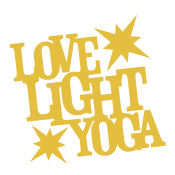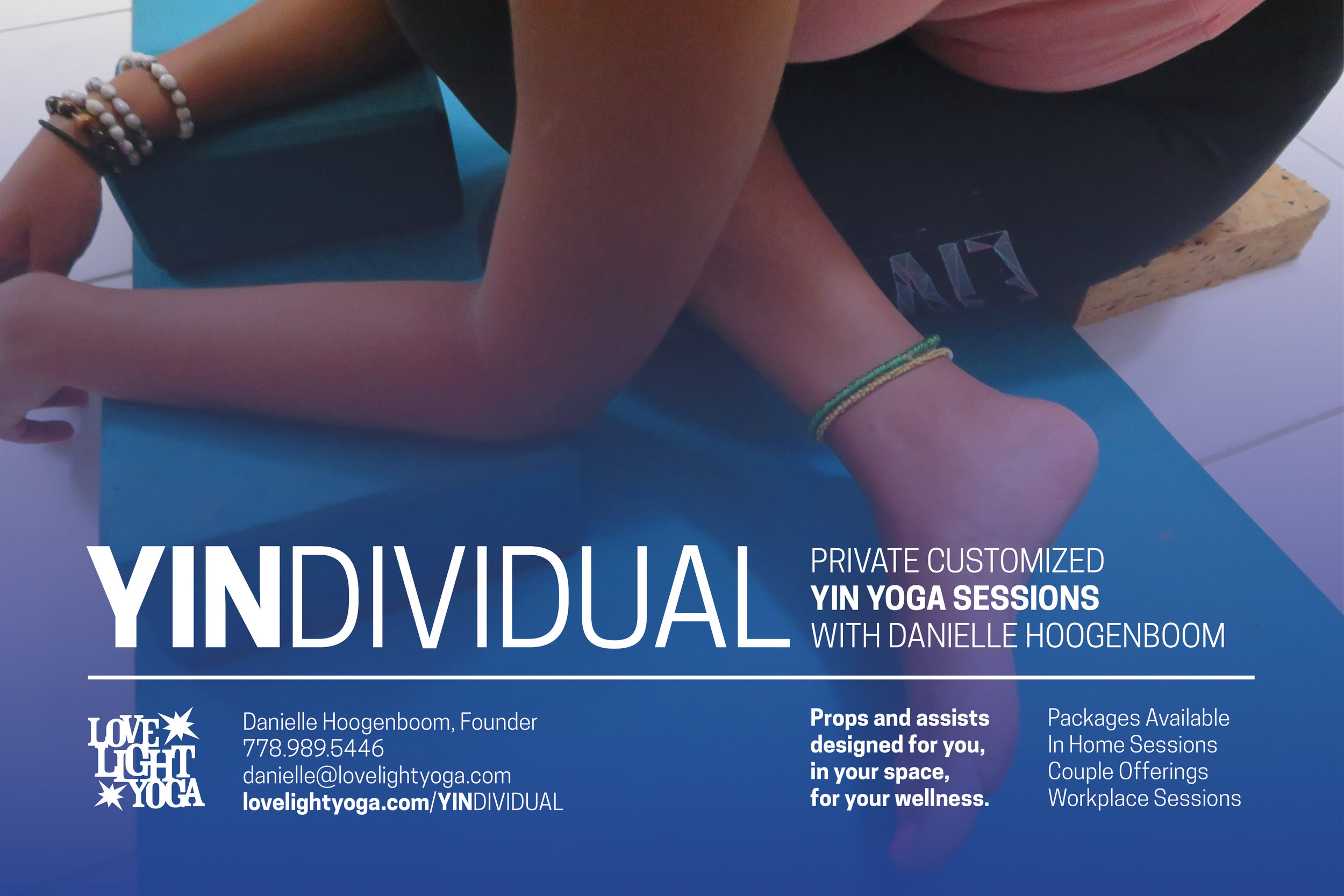Its about the WE: co-blogging with Dia and Danielle
/It’s about WE - Tiny Yin Class
Playlist-15 minutes
Las Cafeteras-It’s movement time
Borders-ST. Beauty
Yin Yoga is the humbling practice of making decisions, sitting in sensations and discomfort, and adapting the circumstances as opportunities arise. As yin yogis, we are forced to embrace our differences and abilities as our super-powers, to speak truth to how our bodies are different and the circumstances that shape them even more different. On the mat we explore the limitations of our physical form as well as those created by our habits. We allow ourselves to ask many questions. Including, how can knowing ourselves support the development of understanding the differences that lead to social inequity? How can we know ourselves better to know others better? Yin allows us the container for getting to know ourselves as well as understand connection.
When we examine sensation and discomfort, we explore the ways in which individual bodies store emotion and memory. This can lead to the understanding of how our collected history and personal trauma show up in our tissues. Paying attention to those sensations, the movement of energy and the thoughts that accompany it, is the practice of presence. Being present in the moment and to what is happening in our bodies--our habits of disassociation or over-thinking--allows us to build internal resources as well as our connections to others. One does not happen independent of the other. You can not do external work without looking within.
As one develops the capacity for sitting with challenge or discomfort, they are able to use that skill in interpersonal relationships as well as in examining inequitable structures. The more internal resources are cultivated, the larger the capacity for action rather than reaction. Meaning, one is able to slow down and act from integrity rather than react from habit. We are able to hold complex truth as well as paradox, to observe that multiple things are happening at once, and that each individual only understands their experience. With practice, one can expand their imagination and understanding to include the experiences of others. The great work that yin provides is that the physical form can be set in shapes to expose the truth, by allowing you to distill your thoughts for both internal and external understanding.
Yoga is a practice, social justice action is a practice. Both are disciplines that inform and support one another. Interrupting habits on the mat allows for a greater ability to interrupt external habits that do not serve equity and justice. Through the practice of long held poses and attention to the action in your mind, one is able to explore connection. Yoga philosophy begins to hold a different kind of clarity. Violence is seen not just as a physical act, but also in thoughts, assumptions and repeated behavior. Honesty is not just about lies that one tells, but also about history that one refuses to address. Truth is an interactive practice. We are called to participate and negotiate with our knowings.
In this practice, the body and attention teach that an individual’s path through the world has consequences that affect others, whether one is conscious of it or not. We are led to the discovery of our interconnectedness, while acknowledging that we each have different paths and realities—that no one truth is absolute and that we must be able to hold paradox to move forward.
When we are able to understand sensation and discomfort as a hallmark of change, we are able to challenge our habits and develop new ways of being. We are able to understand emotional holding, the impact that it has under the surface of our skin and that this holding too often dictates our reactions. Learning to disrupt the stagnation in our physical systems can be an entry point to addressing the systems of the world.
Square Pose
This one is a simple and potent offering for the hips. A cross legged seat is the beginning with a padded or soft surface for your ankles. Keep cushions near to place under your knees. Cross at the ankles and work your shins forward and away from you. Allow the head to bow and the torso to tilt forward until you feel sensation in the outer hips. If you are feeling it, you are doing it. Be mindful not to force or press your way into this or any shape. The real medicine is patience, time, and the active participation of letting go.
Time is the magical container of yin.
In a physical posture we consider things like pelvic tilt, how far forward you fold and the angle at which you bow. Aim to stay on each side for 3.5 minutes (or the length of each song), then switch legs (different cross of the ankles) and stay for another 3.5 minutes. Allow yourself to marinate.
Fine tuning our own sensitivity and getting to know ourselves is the magic of understanding how we participate in systemic change. It is the attention to internal work and external work, simultaneously.
Forward Fold
This shape is an opportunity to bow, settle and humble for a moment to assess the truth. Add a cushion under your hips to support the tilting of your pelvis. Think of props as compassionate objects that can meet you where you need to be met. If your knees need support or you know your legs are tight, add a pillow. Your feet may be close to one another or far away, depending on what your body needs for the day. Forward fold as you bow your head. Let your spine, legs and belly dictate where you stop. Social change and true yin is directed by sensation, feeling and inner knowing that is supported by an intentions cultivated over time and space. One develops their own compass as one begins to better understand themselves. It can be the relationship with emotional flexibility that helps to guide our reactions. Spend 2-6 minutes here as you breath deeply, embrace the feeling of resistance. Great change occurs when loving and subtle pressure is held. It can bring about systems change as a reflection from your inner knowings and resources.
A regular practice of Yin or other form of mindfulness will allow you to see how the practice on the mat of subtle adjustments, pausing to digest and exploring the spaces in between that begin to inform your actions and reactions in the world.
______________________________________________________________________
Danielle Hoogenboom founded Love Light Yoga as an expression of her yoga practice and creative interests both on and off the mat. She is passionate about yin yoga and its ability to heal, change and transform ourselves, and the world around us. Believing that all people are invited to the healing of yoga, Danielle teaches a diverse schedule of classes and workshops that range from the practical theory to the mystical and sacred parts of yoga.
With a Masters degree in Arts Integration, ten years as a social justice and racial equity professional and twenty-five years of yoga experience, Dia Penning supports students in slowing down, examining limiting patterns, and exploring creativity. She views yoga as a tool for social change, integrating it into her work as a social justice coach by encouraging a deep exploration of structural inequity through personal transformation and paradigm shift. She has consulted for a variety of clients including University of California at Berkeley, University Of Illinois at Chicago, San Francisco Museum of Modern Art and Commonweal in Bolinas, CA.






